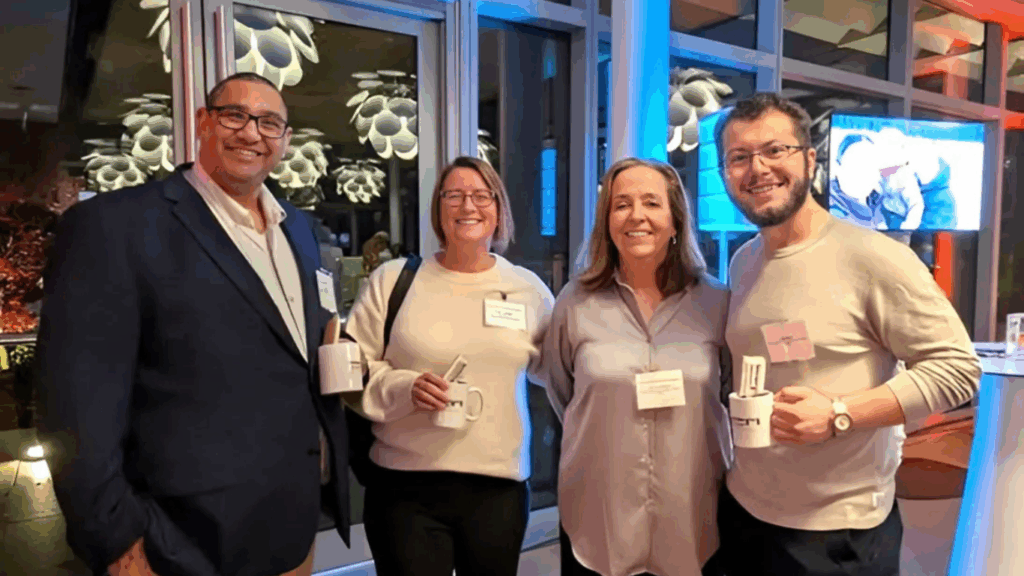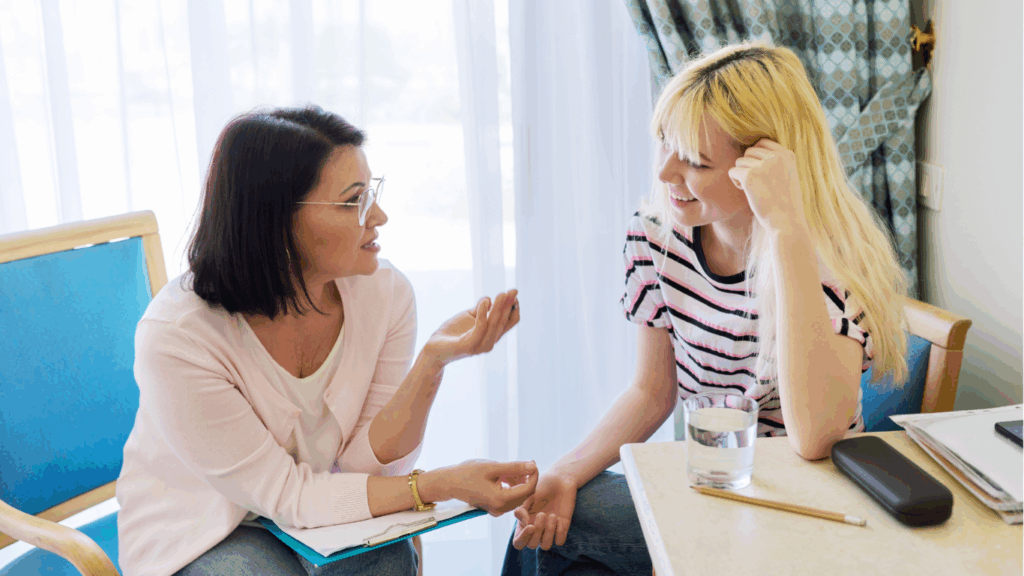A strengths-based approach
Everyone begins a new adoptive placement with high hopes that a “forever” family has been created. Sadly, about 15% of adoptive families find their dreams shattered as they realize that despite everyone’s best intentions, the adoption isn’t going to work. An adoption breakdown is heartbreaking for everyone involved: the social workers who placed the child, the therapist who tried to resolve the issues with the family, the parents who thought they were up to the task of parenting this child, and, most of all, the child who must suffer rejection and loss once again.
Here are some tips I’ve developed through my years of working with adoptive parents, children, and professionals.
Tips for adoptive parents
Parents need to access all the training they can prior to adoption. Take advantage of the variety of courses offered by the Belonging Network; attend adoption conferences and workshops; take online courses in adoption and special needs; and talk to other adoptive parents. It’s especially important to take courses on challenges and special needs such as FASD, ADHD, attachment, the neuroscience of neglect and abuse, and dealing with birth families. Even though the prospective parents may not plan on adopting child with any of these concerns, they are very common in children adopted from foster care. The potential child is at high risk of having one or more of these needs, even if they’re not apparent at the time of adoption.
Create a support system before the child arrives. Find babysitters who can manage children with challenging behaviours (try students in the local child care programs).
It’s common for one spouse to initiate the adoption process and the other to be less enthusiastic, albeit still supportive. However, the less interested spouse is still going to have to live with and parent the adopted child. It’s vital that both spouses be equally educated and equally active in parenting once the child is placed. If there are any doubts about this, then the adoption plan should be reconsidered.
At first glance, it may seem ideal to place children who have a history of trauma with parents who have a similar history. People often assume this means the parent will understand the child’s issues more easily, and be better equipped to parent them. However, my experience indicates that the parent’s old wounds may be re-opened by the child’s triggering behaviours. The parent may assume that his way of healing should also work for the child, when in reality that rarely happens. Sometimes, looking into an emotional mirror can cause severe emotional dysregulation for everyone.
Don’t rush things. It can take years -– yes, years -– before the family begins to feel like a family. In older child adoption, the process of attachment and the creation of family bonds may not happen until the child reaches young adulthood. Parents can’t expect to feel or look like a neurotypical family for many years.
The adoptive parents should be prepared to adjust and lower their expectations of the child’s capacity to behave. Most children adopted from foster care have extreme challenges in learning, behaving, and developing relationships. The parents will have to learn to be flexible and adaptable in the face of chronic non-compliance.
Tips for children and youth
Children and youth can’t be expected to truly understand the concept of belonging to a new family. They may also have the disadvantage of challenges in their capacity to attach or behave. It’s important that professionals try to prepare the child for the major changes that will happen, and to answer the child’s questions about why and how the process will proceed. The move to a new family often triggers old loss issues and creates new ones as well. These can be masked by the excitement and chaos of a new placement, but they will surface when things calm down. When this happens, they often get mis-labelled and mis-treated as attachment disorder.
There are some behaviours that are very difficult for adoptive parents to manage and which create strong deterrents to family bonding. These include lying and stealing, sexual acting out, suicidal or self harming behaviors, and injuring animals. Generally, these behaviours are not a stage and they are not a reaction to the changing placement. Instead, they reflect a more serious and chronic problem. The parents will need strong support to manage this, and the child will need therapy and intervention from professionals who have expertise in these issues.
Children and youth are expected to manage too many loyalties: to birth family, to foster family, and to the new adoptive family. They may also feel pressured to maintain these previous loyalties or to let go of them before they are ready. Either way, their conflicting and confusing feelings lead to acting-out behaviours. Adults will need to help the child explore these many ties and bonds and to find a way to accept each of them.
As the child settles and relaxes in the new family, she may engage in behaviours that either didn’t happen or weren’t noticed before the adoption placement. Often, the new parents are blamed for the behaviours, rather than supported in addressing them. It’s important that any new negative behaviours are fully assessed and that the parents are educated and supported rather than blamed.
Tips for professionals
Make sure the home study is thorough and has been double checked by a team for missing items and different interpretations of the information presented.
It is crucial to long-term placement success that parents understand the needs of the child or youth they are adopting. A full neuropsychological assessment is often considered too expensive, but it is far less expensive
than an adoption breakdown later on.
There is a balance between forcing too many services on a new family and not providing enough. It’s important to assess the needs of each family in the early stages of the placement and make referrals (or not), based on that family’s needs and circumstances.
Many families will require specialized services for years. Some will need the services continually, while others will need the services intermittently over the years. Ensuring that these services are available, appropriate, and accessible by the family is a key to placement success. The services need to be specialized to the unique dynamics of adoption as well as the unique needs of the child and the family.
Many children and youth have existing relationships with siblings, with foster parents, and with birth family members that need to be continued post-placement. However, it is often a source of severe stress on the adoptive parents to manage the demands of these various groups of people. Services such as mediation and conflict management should be provided to the parents so that their focus can be on their new family, rather than on coping with a child’s past relationships.
Don’t blame the adoptive parents for not being able to manage the child or youth. A collaborative and strengths-based approach will create family bonds, while a blaming approach will break a placement faster than any other single problem.
Tips for therapists
Therapists who work with adoptive families need training in adoption-specific issues as well as in the neuroscience of FASD and the long term impact of early neglect and abuse. This will allow the therapist to understand the unique needs of the whole system, rather than just the parents or the child.
The therapist must understand that the parents should be involved in therapy so that the child doesn’t begin pseudo-bonding with the therapist.
The therapist should have time in his work to see the family as frequently as required, rather than when she can fit them in. A large family with multiple issues may take up much of the therapist’s week. The therapist should understand that the family will grow and evolve over time and support all its members in learning to live together, rather than focusing solely on one specific issue.
Not every disintegrating adoption can or should be saved, but there is much that can be done to support and increase the success of vulnerable adoptive placements. Learning how to best respect and respond to the specific needs and strengths of each family and using a collaborative approach to relationship enhancement will increase the likelihood of success for even the most vulnerable of adoptive placements.
Brenda McCreight, Ph.D., is a therapist, author, and consultant specializing in services for adoptive and foster families dealing with challenges such as FASD, ADHD, conduct disorder, attachment disorder, developmental delays, and cognitive impairment. She is the mother of 14 children (12 by adoption) and she has seven grandchildren.





